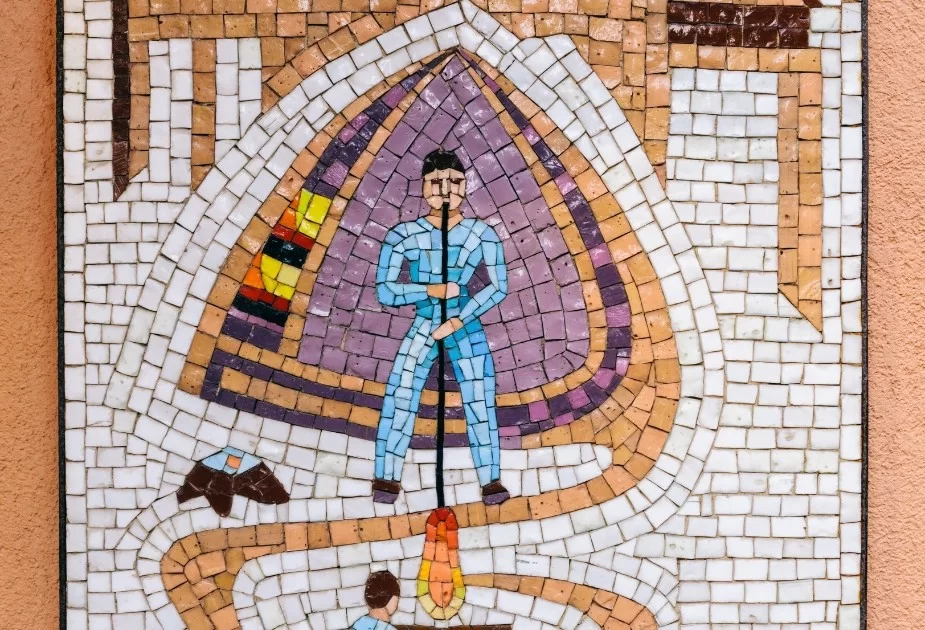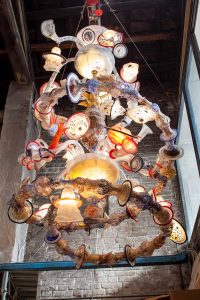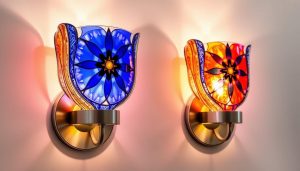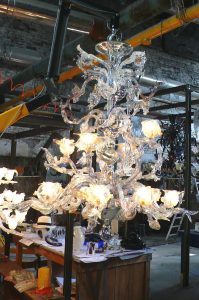Murano glassmaking has a rich history of innovation and artistry, with significant developments spanning several centuries. This post provides a comprehensive timeline of key innovations and discoveries in Murano glassmaking. Italy’s contribution to global artistry is embodied in every piece.
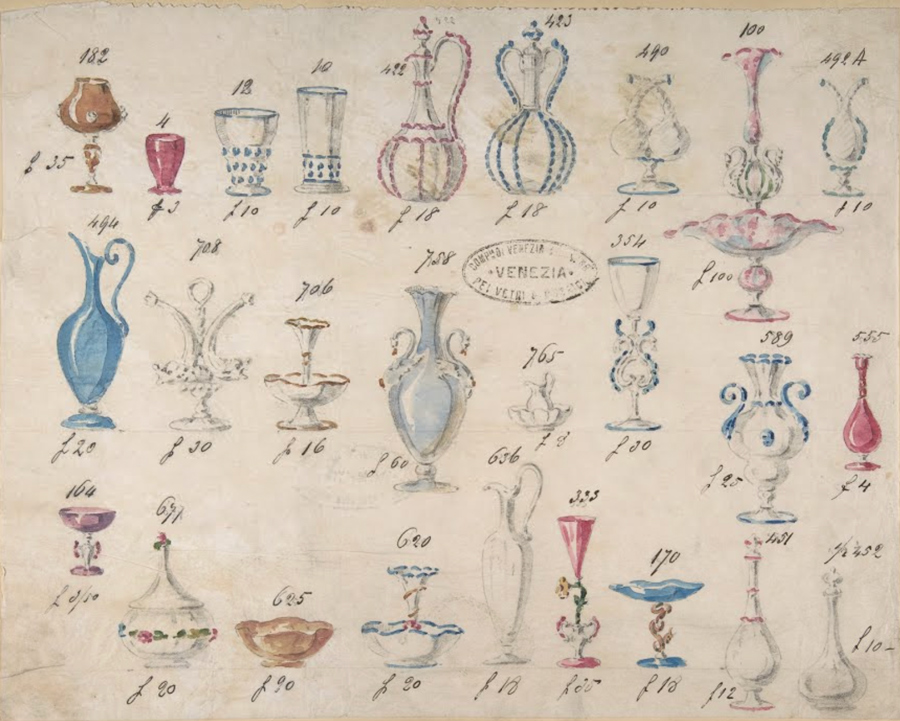
Welcome to the world of Murano glass chandeliers, where tradition meets cutting-edge innovation to produce timeless masterpieces. At the heart of Venetian glassmaking, the artisans of Murano have consistently pushed the boundaries of creativity and technique, resulting in a legacy of beauty that continues to captivate. Join us as we explore the remarkable innovations that set Murano glass chandeliers apart, a testament to Italy’s enduring legacy of craftsmanship.
12th Century Venetian Glass Styles
Murano Beads

Dating back to the 1200s, Murano beads—colorful and versatile—became cherished adornments in jewelry and rosaries. Imagine the delight of early explorers and Native Americans who first encountered these vibrant beads. This cutting-edge use of glass paved the way for the dazzling millefiori beads, transforming simple strands into multifaceted works of art.
Years: Beginning in the 1200s
Characteristics: Colorful glass beads used in rosaries and jewelry.
Background: Popular with Native Americans and early explorers.
15th Century Venetian Glass Styles
Calcedonio
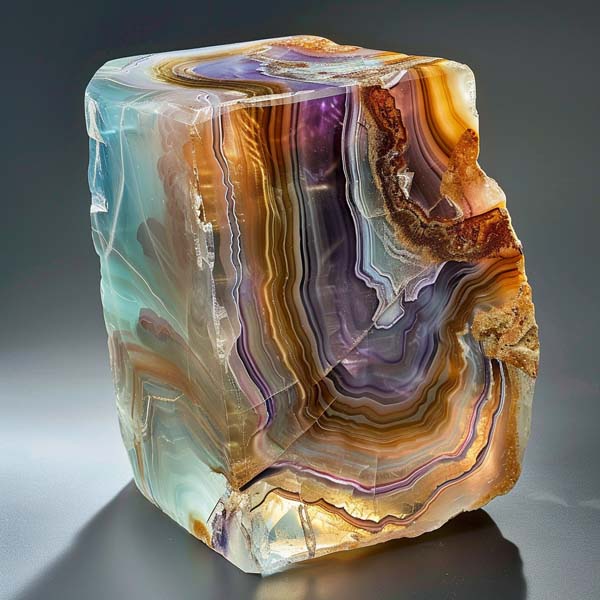
In the 1400s, Angelo Barovier, regarded as Murano’s greatest glassmaker, introduced calcedonio—a marbled glass mimicking the aesthetics of chalcedony stone. This innovative material allowed artisans to explore new textures and colors, adding depth to Murano glass art.
Year: 1400s
Characteristics: Marbled glass resembling chalcedony.
Background: Angelo Barovier; major figure in Murano glass history.
Aventurine Glass

A shimmering example of Murano innovation is aventurine glass, also known as goldstone. Discovered accidentally, this translucent brown glass embedded with copper specks became a hallmark of Venetian craftsmanship in the early 15th century. Marvel at how the advent of aventurine added a new dimension of allure to Murano chandeliers, further elevating the artistic reputation of Venice.
Year: Early 15th century, first cited in 1626
Characteristics: Translucent brownish glass with copper specks.
Background: Discovered accidentally by Venetian glassmakers.
Cristallo

In the 15th century, Angelo Barovier once again pushed the envelope by creating cristallo—a soda glass so clear it rivaled rock crystal. Revered for its purity and delicacy, cristallo glass could be shaped, enameled, and engraved, allowing for an unprecedented level of detail and refinement in Murano chandeliers. This innovation marked a high point in Murano glassmaking.
Year: 1453 onward
Characteristics: Soda glass, clear as rock crystal; could be enameled and engraved.
Background: Created by Angelo Barovier, considered the clearest glass in Europe.
Lattimo (Milk Glass)

By rediscovering and refining the production of lattimo, or milk glass, in the 15th century, Angelo Barovier introduced another dimension to Murano’s glass repertoire. This opaque white glass, designed to emulate enameled porcelain, often featured intricate enamel decorations, adding narrative elements to the visual feast.
Years: 15th century
Characteristics: Opaque white glass resembling enameled porcelain.
Background: Rediscovered and refined by Angelo Barovier.
Millefiori
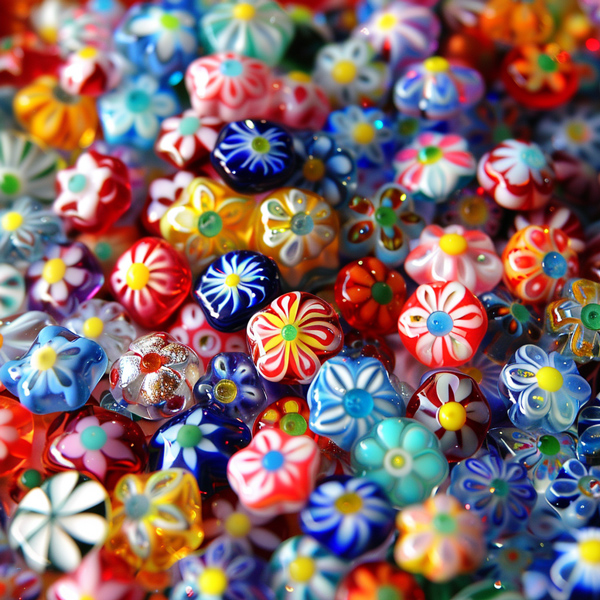
The millefiori (meaning “a thousand flowers,”) technique, harkening back to Alexandria’s ancient craftsmanship, reached new heights in Murano during the 15th century. By incorporating colorful canes into clear glass, artisans fashioned flower-like patterns that have since become iconic embellishments in Murano glass designs.
Years: 15th century
Characteristics: Flower-like patterns created from colorful glass canes.
Background: Technique perfected in Alexandria, adopted and enhanced in Murano.
Filigrana

Developed in the 1500s, the filigrana, or filigree, technique embedded colored glass canes within clear glass to create captivating striped patterns. From the straight lines of vetro a fili to the complex twists of vetro a retortoli and vetro a reticello, this innovation added a new dimension of visual interest to glass designs.

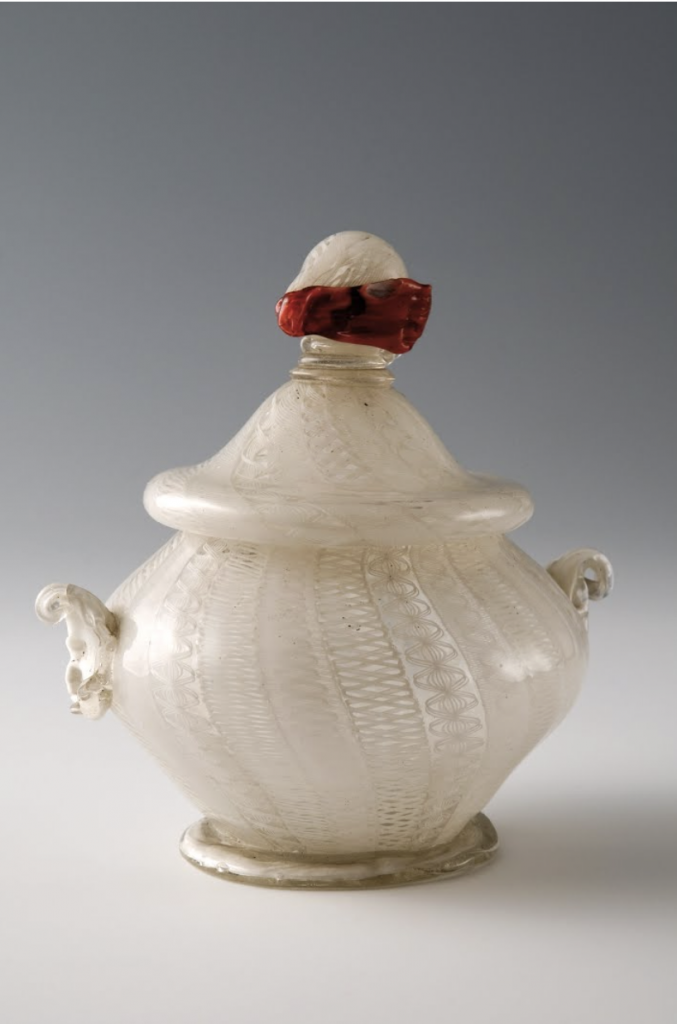
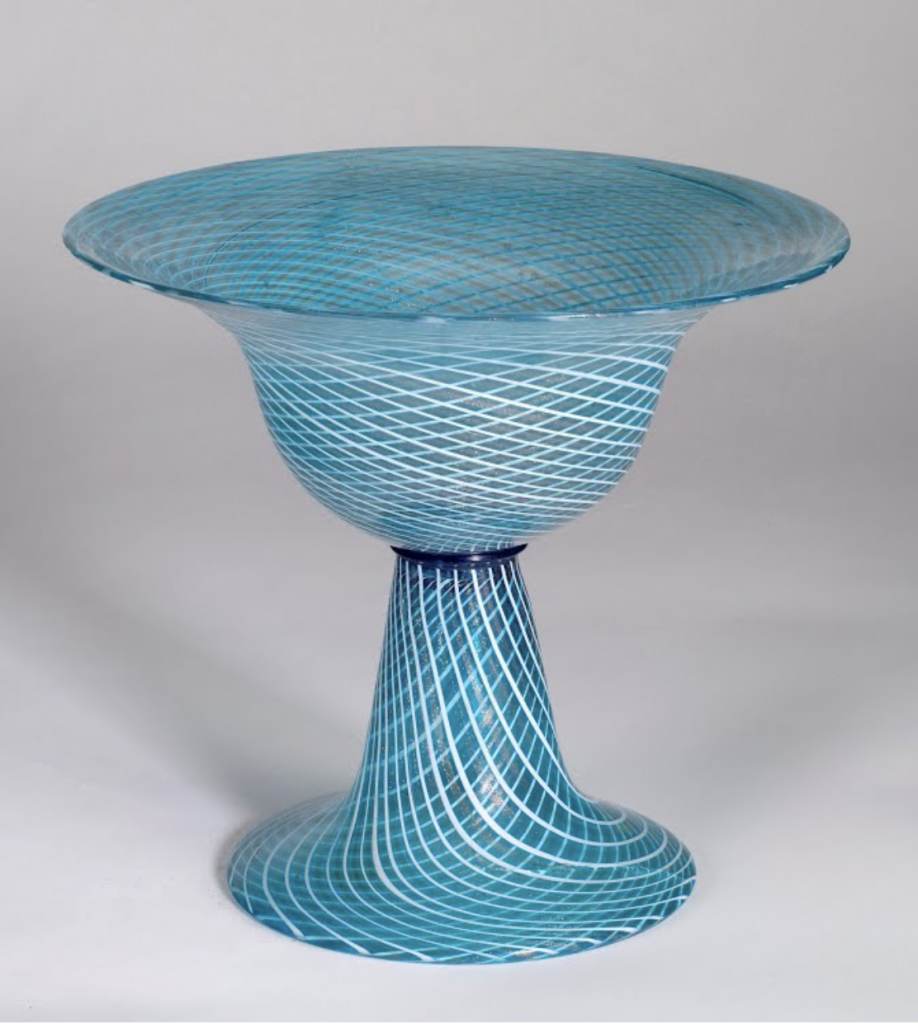
Years: Developed in the 1500s
Characteristics: Stripes and spirals embedded in clear glass.
Background: Vetro a fili, vetro a retortoli, vetro a reticello styles; Francesco Zeno credited with vetro a retortoli.
16th Century Venetian Glass Styles
Murano Mirrors
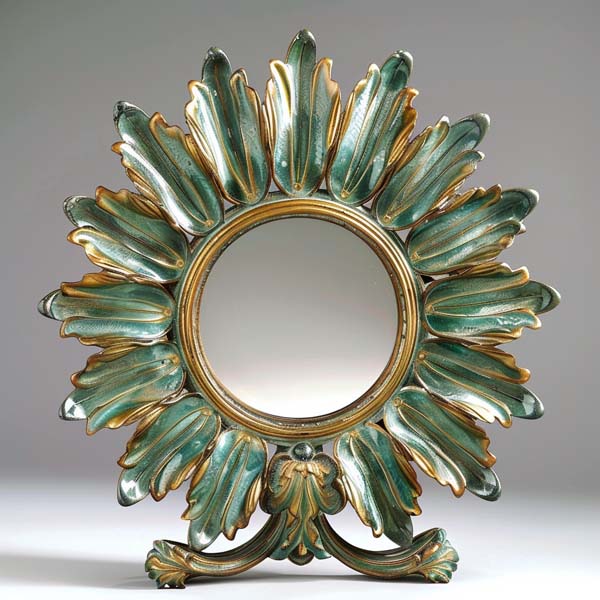
Although small mirrors graced Murano from the 1500s, it was their beautifully adorned frames and superior quality that set them apart. Despite stiff competition from English manufacturers by the end of the 1600s, Murano’s mirrors continued to be prized for their artistic value.
Years: Beginning in the 1500s
Characteristics: High-quality mirrors with artistic frames.
Background: Mirror makers had their own guild from 1569.
17th Century Venetian Glass Styles
Murano Mirrors
Years: Continued popularity into the 1600s, decline by the end of the century.
Characteristics: Still known for high-quality but faced competition from English mirrors.
Background: Only one glass house in Murano still making mirrors by 1772.
18th Century Venetian Glass Styles
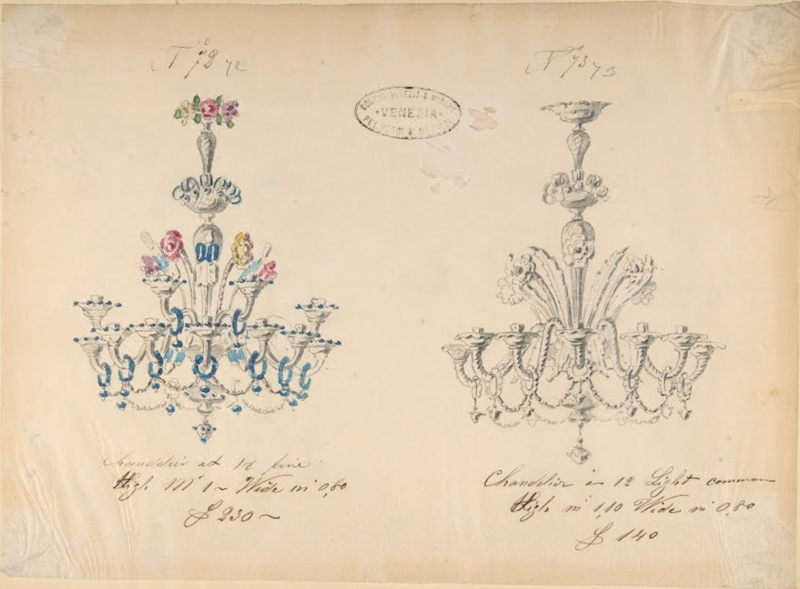
Chandeliers (Ciocche Style)
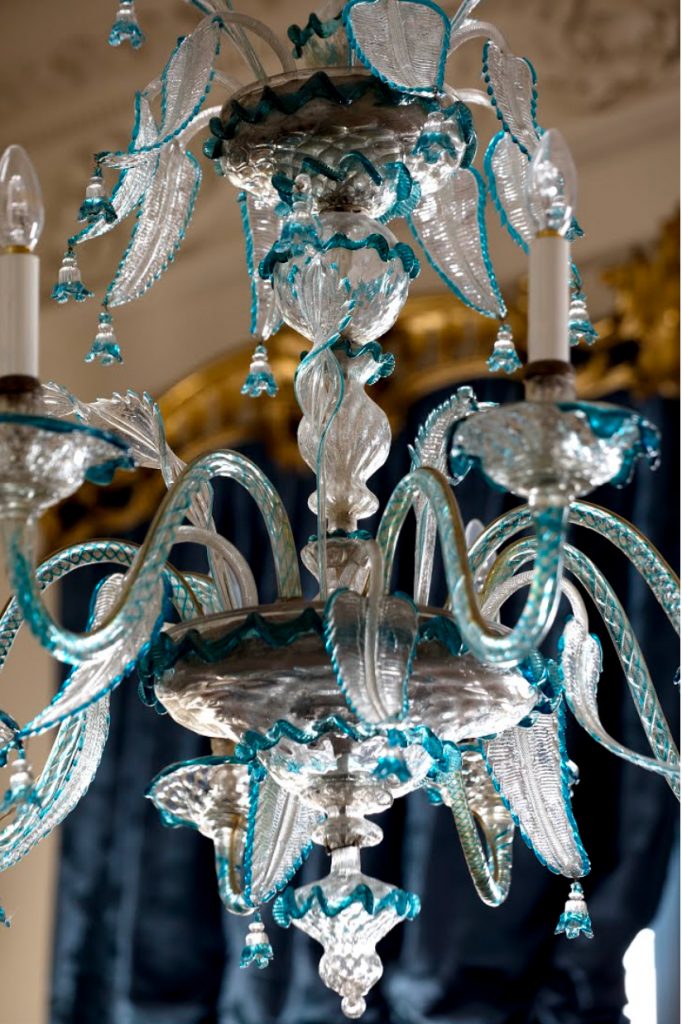
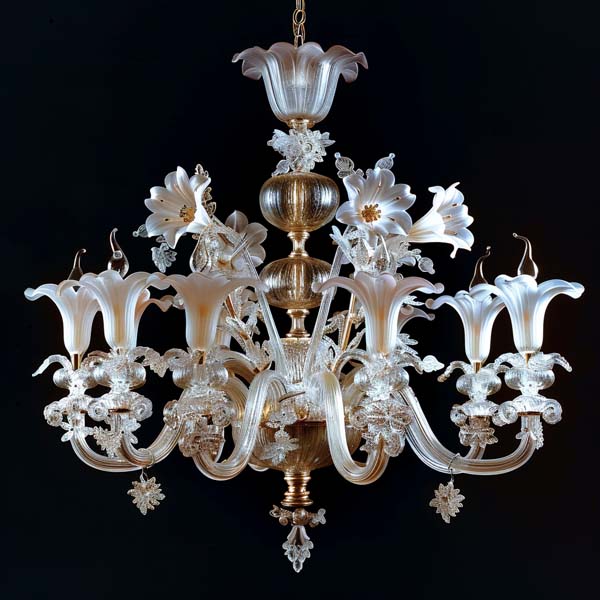
The 1700s saw Giuseppe Briati revolutionize chandelier design with his ciocche style—literally a bouquet of flowers in glass form. Briati’s chandeliers were not merely lighting fixtures but vivid displays of art, adorned with garlands, flowers, and leaves. They illuminated theaters and grand rooms, turning functional objects into breathtaking centerpieces. These stunning pieces remain a testament to the opulent artistry that is synonymous with Venice.
Years: 1700s
Characteristics: Large chandeliers with multiple arms, decorated with garlands, flowers, and leaves.
Background: Innovated by Giuseppe Briati.
20th Century Venetian Glass Styles
Murrine
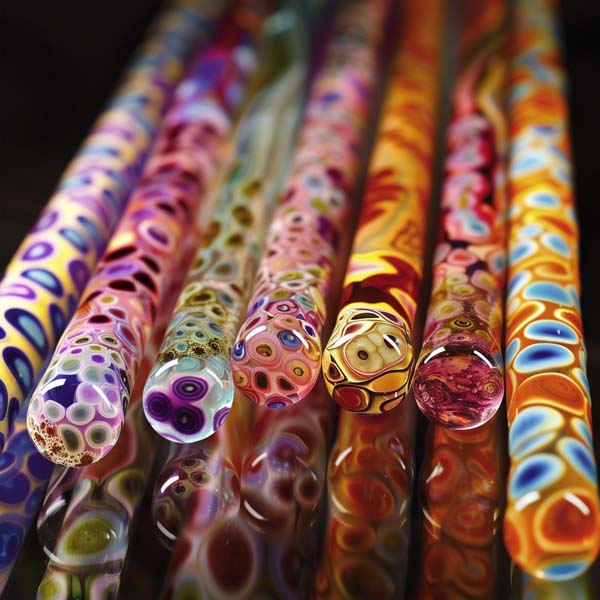
Murrine technique, perfected layering colored glass rods to reveal intricate patterns when sliced, saw a renaissance under Ercole Barovier in the mid-20th century. Similarly, the sommerso technique, introduced in the 1930s, allowed for the seamless fusion of multiple glass layers, creating mesmerizing vases and sculptures with a unique depth and vibrance.
Murrine involves creating complex patterns within glass rods, which are then sliced to reveal intricate designs, showcasing modern advancements in glassmaking.
Years: Mid-20th century
Characteristics: Layered glass patterns revealed when sliced.
Background: Innovations by Ercole Barovier.
Sommerso
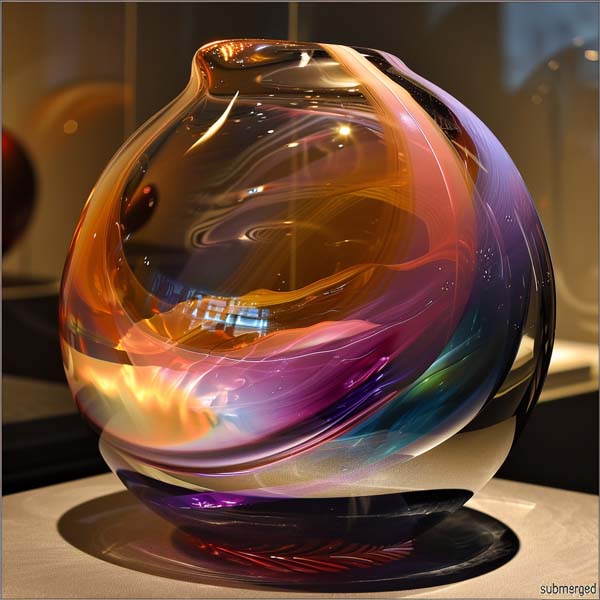
Sommerso, meaning “submerged,” involves layering different colored glasses to create a striking visual effect, highlighting the innovative spirit of Murano glassmakers.
Years: Late 1930s
Characteristics: Multiple glass layers with different colors; clear outer layer.
Background: Developed in Murano; popularized by Flavio Poli and Seguso Vetri d’Arte.

Murano glass chandeliers are more than just sources of light—they are testimonies to centuries of ingenuity and artistic vision. Whether basking in the soft glow of a ciocche chandelier or admiring the intricate patterns of filigrana glass, each piece radiates the spirit of innovation and exquisite beauty that Murano is renowned for. Bring a touch of Venetian brilliance into your home and become part of a storied tradition that continues to illuminate the world.
